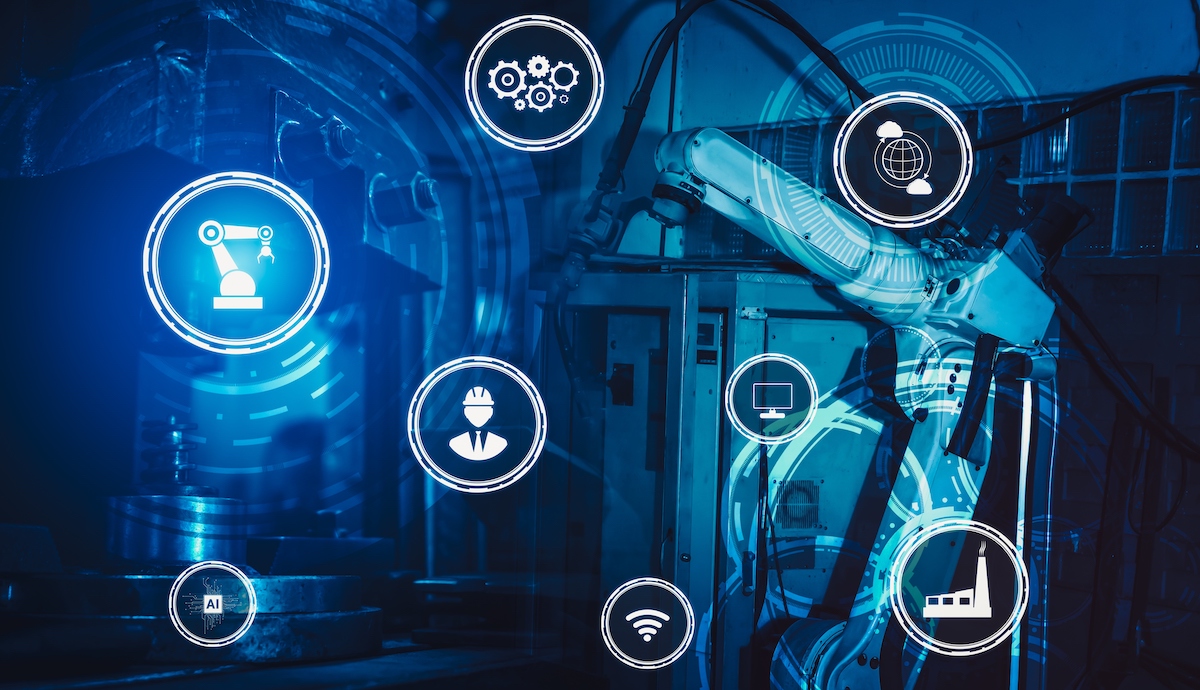How Industrial DataOps is Shaping Industry 4.0
Industry 4.0 adopters in factories around the world recognize that industrial data is gold. More users and systems want access to this data in real time to convert it into valuable information they can act on to predict machine failure, prevent downtime, improve product quality, and meet sustainability goals. IDC projected there will be 41.6 billion IoT devices in the field generating 79.4 zettabytes of data by 2025. These devices include machines, sensors, cameras, and industrial tools. It’s an overwhelming volume and variety of data. How can companies leverage it effectively?
The Problem: Unusable Data
Industry 4.0 requires data from disparate sources to drive automated decisions from machinery to the Cloud. The objective is to put more information in the hands of stakeholders when and where they need it. In a manufacturing company, this means extending factory floor data beyond the traditional operations environments to business users throughout the company.
While simple in concept, this creates quite a few challenges. Early adopters of Industry 4.0 imagined that connecting their industrial data to analytics and visualization applications via APIs would deliver results. Instead, they discovered the data lacked accessibility and context. Business users did not have the same understanding of the manufacturing controls system and required rich data to optimize business performance. The data from industrial environments was inconsistent across machinery and correlated to the controls equipment—not to how business users think.
This approach also created an unstable architecture of custom coded, point-to-point integrations that added technical debt.
Prior to Industry 4.0, industrial data architecture had evolved into a layered approach defined in the Purdue Model or ISA-95. Data flowed from sensors to automation controllers to SCADA/HMI to MES and finally to ERP. But both volume and resolution reduced significantly as data moved up the stack. Communication protocols at each connection point between layers tended to be proprietary and unique rather than reusable.
Processing data through layers of systems worked for many years primarily because the amount of data was relatively limited. This is no longer the case. Pushing excess, unused data through systems that do not need it (to arrive at those that do) complicates and slows processing, reduces security, and increases vulnerability.
The Solution: Industrial DataOps
Today, a new software category has emerged that is key to helping companies adopt Industry 4.0. Known as Industrial DataOps, this technology provides data standardization and contextualization and solves data architecture and integration challenges and for enterprise-wide use.
An Industrial DataOps solution must include five essential capabilities to achieve value.
1. Transform and contextualize data.
A factory might have hundreds of PLCs and machine controllers, often purchased at different times from different vendors. The data points available on the controllers vary. They were designed for use by OT applications.
To derive insights from this data, it must be analyzed across machinery, processes, and products. A set of standard models is required within the DataOps solution to handle the scale of hundreds of machines and controllers, correlate the data, and present it to consuming IT applications.
2. Connect to both OT and IT systems.
Industrial devices/systems and IT systems natively communicate in different ways. The former use many proprietary protocols, though support for OPC UA and other open protocols is trending upward. IT systems rely on their own protocols to communicate with extensive usage of APIs and bespoke integrations.
A DataOps solution must be able to integrate seamlessly with devices and data sources at the operations layer by leveraging industry standards, while providing value to business applications that conform to current IT best practices.
3. Manage the flow of information.
Information flows must be contained and managed within a system where they can be identified, enabled, disabled, and modified. It is critical to know what data is moving among systems—and be able to turn it off. Because many vendors want machine data to provide enhanced service, the operations team needs to be able to control that data flow and set conditions and frequency.
4. Provide industrial-level scale and security.
The vast breadth and scale of industrial data distinguish it from the transactional data stored in most IT systems. Industrial data is typically used within milliseconds to seconds after it is created and must be contextualized and delivered at a resolution unique to the specific use case. Furthermore, industrial data contains the intellectual property of a manufacturing plant, which must be secured and discretely communicated.
5. Live at the Edge.
Analytic and visualization applications that consume industrial data may be processed close to the machinery, in an on-premises data center, or in the Cloud. But the Industrial DataOps solution itself must run close to the data source, feeding applications at the frequency or condition specified. It must also be able to share models across the factory and the enterprise to enable data governance.
Is your data architecture ready for Industry 4.0? If not, it may be time to consider a new approach that will enable you to scale at pace. Industrial DataOps could be just the approach you’ve been looking for.
Learn more about Industrial DataOps here.



